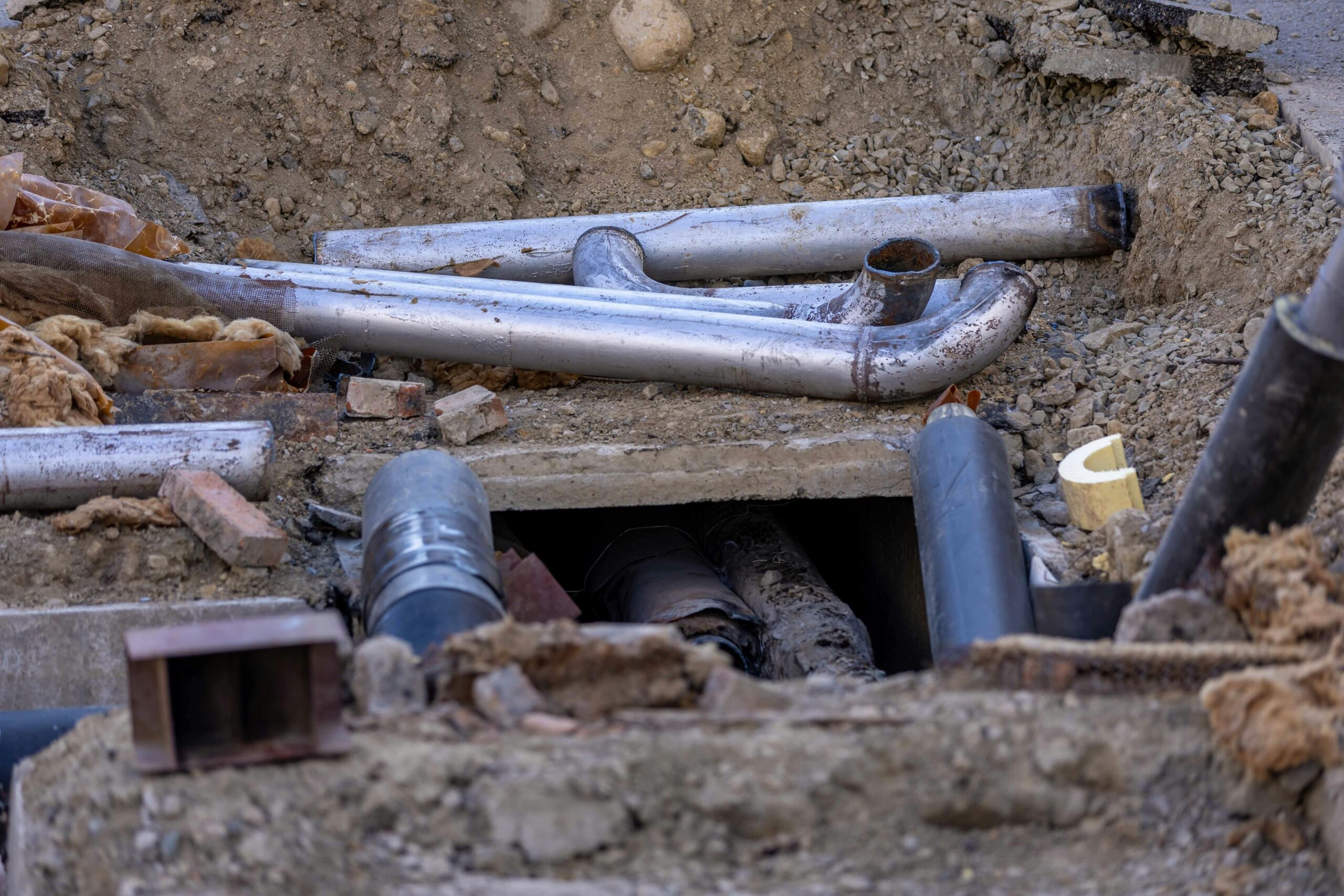
Septic systems are one of those parts of homeownership that most people don’t think about—until something goes wrong. Because they’re out of sight, they’re often misunderstood, and unfortunately, misinformation spreads quickly.
At Regal Service Team, we’ve worked with septic systems across Utah for decades, and we’ve heard just about every myth you can imagine. Believing these myths can lead to poor maintenance habits, expensive repairs, and even environmental hazards.
In this post, we’ll break down the most common septic system myths, separate fact from fiction, and share what homeowners really need to know to keep their systems running smoothly.
The Myth: “If my drains aren’t clogged, I don’t need to pump my septic tank.”
The Reality: Every septic system needs regular pumping—whether or not you notice a problem. Over time, solids build up in the tank. If they aren’t removed, they can overflow into the drainfield, clogging it and causing the entire system to fail.
The Myth: “If I use additives, I never have to pump my tank.”
The Reality: Additives (enzymes, bacteria packets, chemicals) are often marketed as a way to eliminate pumping. But they don’t remove solids—they just break them down into smaller particles that can still clog your drainfield.
In some cases, harsh chemical additives actually harm the natural bacteria that make septic systems work in the first place.
The only guaranteed way to maintain a septic system is through regular inspections and pumping. Additives can sometimes be used responsibly, but they’re never a substitute for maintenance.
The Myth: “Once you install a septic system, it’ll last a lifetime.”
The Reality: Septic systems have a lifespan—usually 20–40 years depending on usage, soil type, and maintenance. Tanks eventually corrode, baffles wear down, and drainfields can fail.
Skipping maintenance drastically reduces lifespan. With proper care, however, systems can serve homeowners for decades.
Related Reading: 5 Signs Your Septic System Needs Immediate Attention.
The Myth: “Lush green grass over the drainfield means my septic system is working great.”
The Reality: Extra-green grass often means your drainfield is leaking effluent to the surface. While this might fertilize your lawn, it also signals a serious septic issue.
A healthy system should not create overly lush patches of grass or soggy areas above the drainfield. These are signs of system overload or failure.
The Myth: “If it goes down, it’s fine.”
The Reality: Septic systems are designed for human waste and toilet paper—nothing else. Items like wipes (even “flushable” ones), feminine products, grease, or chemicals don’t break down and can clog the system.
Common culprits:
Protect your septic system by treating it like a delicate ecosystem, not a garbage can.
The Myth: “Once it’s installed, I don’t need to think about it.”
The Reality: Septic systems require consistent attention. That doesn’t mean daily effort—it means routine pumping, inspections, and smart daily habits (watching water use, not overloading the system).
Ignoring your system is the fastest way to end up with costly repairs or complete replacement.
The Myth: “If you have a septic system, you’ll always notice an odor.”
The Reality: A properly functioning septic system should not produce noticeable odors. If you smell sewage inside your home or around the drainfield, it’s a red flag.
Odors can indicate:
If your system smells, it’s time to call a professional immediately.
The Myth: “All cleaners are safe—it doesn’t matter what I use.”
The Reality: Harsh chemicals (like bleach, drain cleaners, and antibacterial soaps) can kill the beneficial bacteria inside your tank. These bacteria are essential for breaking down waste.
Use septic-safe cleaners whenever possible, and avoid pouring chemicals down drains.
The Myth: “If I install a larger tank, I’ll never have to worry about overflows.”
The Reality: Tank size matters, but no septic system is maintenance-free. Larger tanks take longer to fill, but solids still accumulate. Without pumping, even the biggest tank will eventually fail.
The Myth: “I can fix septic issues myself—it’s just plumbing underground.”
The Reality: Septic systems are complex, regulated systems that require specialized knowledge and equipment. DIY fixes often make problems worse—and in Utah, unpermitted work can lead to fines.
Always hire licensed professionals for inspections, pumping, or repairs.
Septic systems are hidden underground, so it’s easy for misconceptions to spread. Homeowners often rely on outdated advice, misinformation online, or anecdotal stories. Unfortunately, following bad advice can lead to expensive emergencies.
By separating fact from fiction, you protect your property, your health, and the environment.
We believe homeowners deserve accurate, practical knowledge. That’s why we:
With the right information, septic systems are reliable, safe, and manageable.
Septic systems aren’t mysterious or scary—they just require proper care. By ignoring myths and following proven maintenance practices, you’ll save money, prevent emergencies, and keep your home’s wastewater system running smoothly for years.
At Regal Service Team, we’re here to guide Utah homeowners through every stage of septic system ownership, from installation to maintenance to repair.
Because when you know the facts, you can protect your system—and your peace of mind.